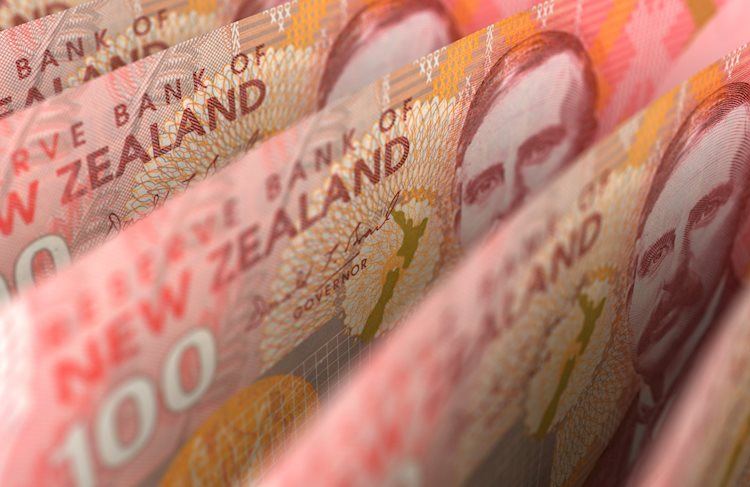The NZD/USD pair is currently trading around 0.6020 in the early Asian session on Friday. The recent concerns about Donald Trump’s proposals to increase tariffs are likely to limit the upside for the Kiwi in the near future. Investors are eagerly awaiting the release of the US Michigan Consumer Sentiment data and Federal Reserve’s Michelle Bowman’s speech later in the day. The Fed recently cut interest rates by 25 basis points, signaling the possibility of another rate cut in the future. The markets are now pricing in a 75% chance of a rate cut in December, up from 69% on Wednesday.
Traders are speculating that Trump’s trade proposals, particularly the potential tariffs on Chinese goods, could have a negative impact on the New Zealand Dollar as China is one of New Zealand’s major trading partners. Additionally, there are rising speculations of an aggressive rate-cut cycle by the Reserve Bank of New Zealand (RBNZ) which may further contribute to the downside for the NZD. The RBNZ is expected to cut the official cash rate (OCR) by 50 basis points in the November meeting, with a possibility of a 75 basis points cut.
The New Zealand Dollar, also known as the Kiwi, is influenced by various factors including the health of the New Zealand economy, the country’s central bank policy, and external factors such as the performance of the Chinese economy. China being New Zealand’s largest trading partner, any negative news regarding the Chinese economy could impact the NZD. Moreover, dairy prices are also a significant factor in moving the NZD as the dairy industry is New Zealand’s main export.
The Reserve Bank of New Zealand (RBNZ) aims to maintain inflation between 1% and 3% with a focus on keeping it near the 2% midpoint. The bank adjusts interest rates accordingly; higher interest rates may strengthen the NZD as it attracts foreign investment, while lower rates tend to weaken the currency. The rate differential between New Zealand and the US Federal Reserve can also influence the movement of the NZD/USD pair.
Economic data releases in New Zealand are crucial in assessing the country’s economic health and can impact the valuation of the New Zealand Dollar. A strong economy with high growth, low unemployment, and high confidence is positive for the NZD as it attracts foreign investment. However, weak economic data may lead to depreciation of the currency. The NZD tends to strengthen during periods of low market risks and optimism about growth, while it weakens during market turbulence and economic uncertainty as investors seek safer assets.
In conclusion, the NZD/USD pair is currently facing downward pressure due to concerns about Trump’s trade proposals and expectations of aggressive rate cuts by the RBNZ. The performance of the Chinese economy, dairy prices, RBNZ policies, and macroeconomic data releases in New Zealand all play a crucial role in influencing the movement of the New Zealand Dollar. Investors are closely monitoring these factors to gauge the future direction of the NZD/USD pair.































